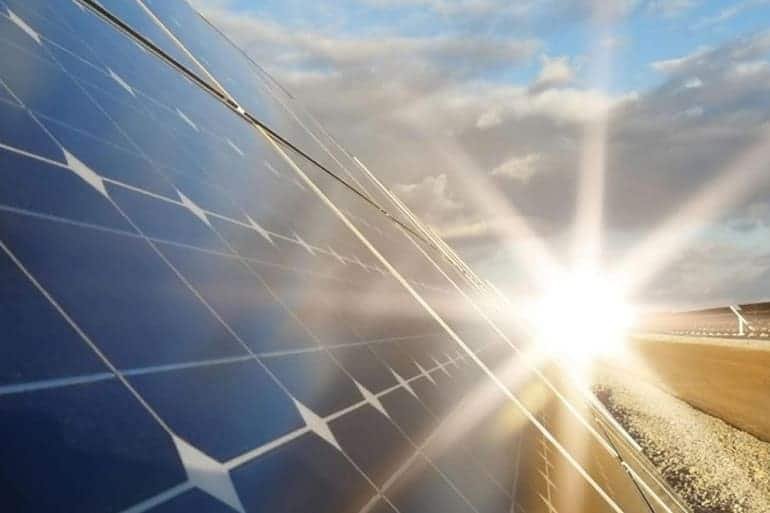In the next two years, until 2020, a rapid growth of investments is expected in the Spanish photovoltaic sector, reaching between 4,000 and 5,000 million euros, according to the data presented today by José Donoso, General Director of the Spanish Photovoltaic Union (UNEF) during his appearance before the Commission of Energy, Tourism and Digital Agenda of the Senate focused on explaining the present and future challenges of the photovoltaic industry.
Donoso highlighted that, from 2020, the most probable scenario is that investments in the sector in our country will be established at a level of between 1,000 and 2,000 million euros per year, which demonstrates the capacity of photovoltaic technology to create business opportunities, in addition to responding to the challenge of climate change. Furthermore, at the international level, the development of photovoltaics implies the definition of a constantly growing market with an estimated value of 100,000 million euros per year, which could reach 400,000 million euros per year in 2030. To consolidate this positive trend, it is essential that countries and companies continue to invest in R
Currently, the photovoltaic sector is experiencing a phase of reactivation in our country, seeking alternative development paths to the auction, such as going directly to the market or bilateral power purchase agreements, known as PPAs. This positive stage has materialized in the processing of numerous photovoltaic projects in different Autonomous Communities, among which Extremadura, Castilla-La Mancha, Andalusia, Aragon, Murcia and Castilla y León stand out, which total 24 GW.
The main barriers that hinder the development of the sector in Spain are institutionalized legal insecurity, with the threat of cutting the reasonable profitability of renewable projects, the updating of the regulation of the conditions of access and connection to the grid, the delays in the payments of the definitive settlements for photovoltaic projects in non-peninsular territories, and the streamlining of the planning of the networks, both of Red Eléctrica de España, and of the distribution companies.
Finally, with regard to self-consumption, Donoso recalled that the main barriers are administrative, due to the complex processing, and economic, with the backup toll – the so-called “sun tax” but, despite these obstacles, he highlighted the encouraging result of the year 2017 with about 130 MW carried out.




